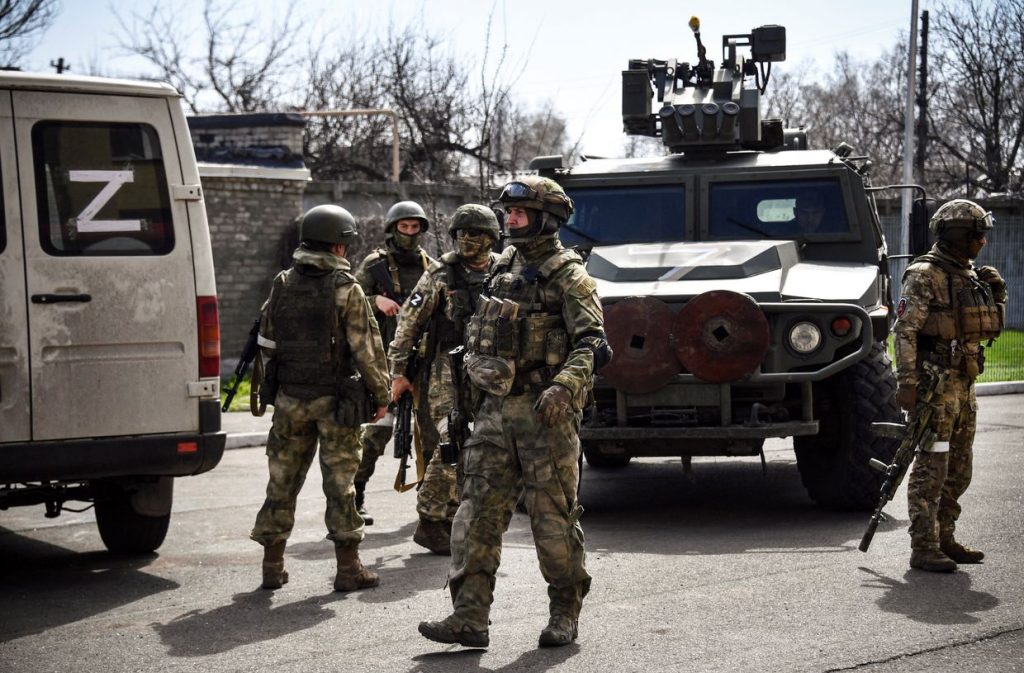The Main Intelligence Directorate (HUR) reported that Russian commander Konstantin Nagayko, who was involved in the 2023 missile strike on Hroza, is in critical condition following an explosion in Shuya, Russia. Nagayko, who is the 29-year-old battery commander of the 112th Rocket Brigade of the Russian Western Military District, sustained severe injuries, including multiple shrapnel wounds to nearly all organs, including the brain. He is currently near death and has undergone a craniotomy. The missile strike on a café in Hroza, Kharkiv Oblast, during a memorial service resulted in the death of 59 people, including women, men, and an eight-year-old boy, with five others injured.
The attack on the café in Hroza took place during a funeral reception for the reburial of a Ukrainian soldier on October 5. A missile, likely an Iskander ballistic missile, struck the cafe where 63 people were gathered for the memorial lunch, resulting in a tragic loss of life and injuries. The incident was a devastating blow to the community and has had long-lasting repercussions. Nagayko’s involvement in the missile strike has made him a target, and the recent explosion that left him critically injured has raised concerns about potential retaliation and further violence in the region.
In a separate incident, Russian journalist Alexander Martemyanov was killed by a Ukrainian “kamikaze” drone attack while traveling on a highway in occupied eastern Ukraine. The attack also wounded five others, according to reports from Russia’s Izvestia newspaper. The targeting of journalists in conflict zones highlights the dangers faced by media personnel who are trying to report on events and provide information to the public. The use of drones for attacks in conflict areas has raised ethical concerns and sparked debates about the rules of engagement and the protection of civilians and non-combatants.
The escalating tensions between Russia and Ukraine have led to increased violence and instability in the region, with civilians and journalists becoming casualties of the conflict. The missile strike on Hroza and the killing of journalist Martemyanov are tragic examples of the human cost of war and the impact it has on individuals and communities. The targeting of civilians and media personnel violates international humanitarian laws and underscores the need for a peaceful resolution to the conflict. The international community has a responsibility to intervene and work towards a lasting ceasefire and diplomatic solution to prevent further loss of life and suffering.
The critical condition of Konstantin Nagayko and the death of Alexander Martemyanov serve as reminders of the risks faced by those involved in military operations and journalism in conflict zones. The toll of violence and conflict extends beyond the immediate victims to their families, colleagues, and communities. The incidents also highlight the need for accountability and justice for those responsible for war crimes and violations of human rights. As the situation in Ukraine and other conflict areas continues to evolve, the need for humanitarian aid, protection of civilians, and efforts to end hostilities becomes increasingly urgent.
As the world continues to follow developments in Ukraine and other conflict zones, the stories of individuals like Konstantin Nagayko and Alexander Martemyanov serve as poignant reminders of the human impact of war and violence. Their experiences shed light on the complexities of conflict and the challenges faced by those on the frontlines, whether in military or media roles. The international community must remain vigilant in holding those responsible for war crimes and violations of international law to account, while also working towards sustainable peace, reconciliation, and justice for all affected by conflict. The tragedies of Hroza and the death of Martemyanov underscore the need for continued efforts towards peacebuilding and conflict resolution to prevent further loss of life and suffering in conflict-affected regions.


